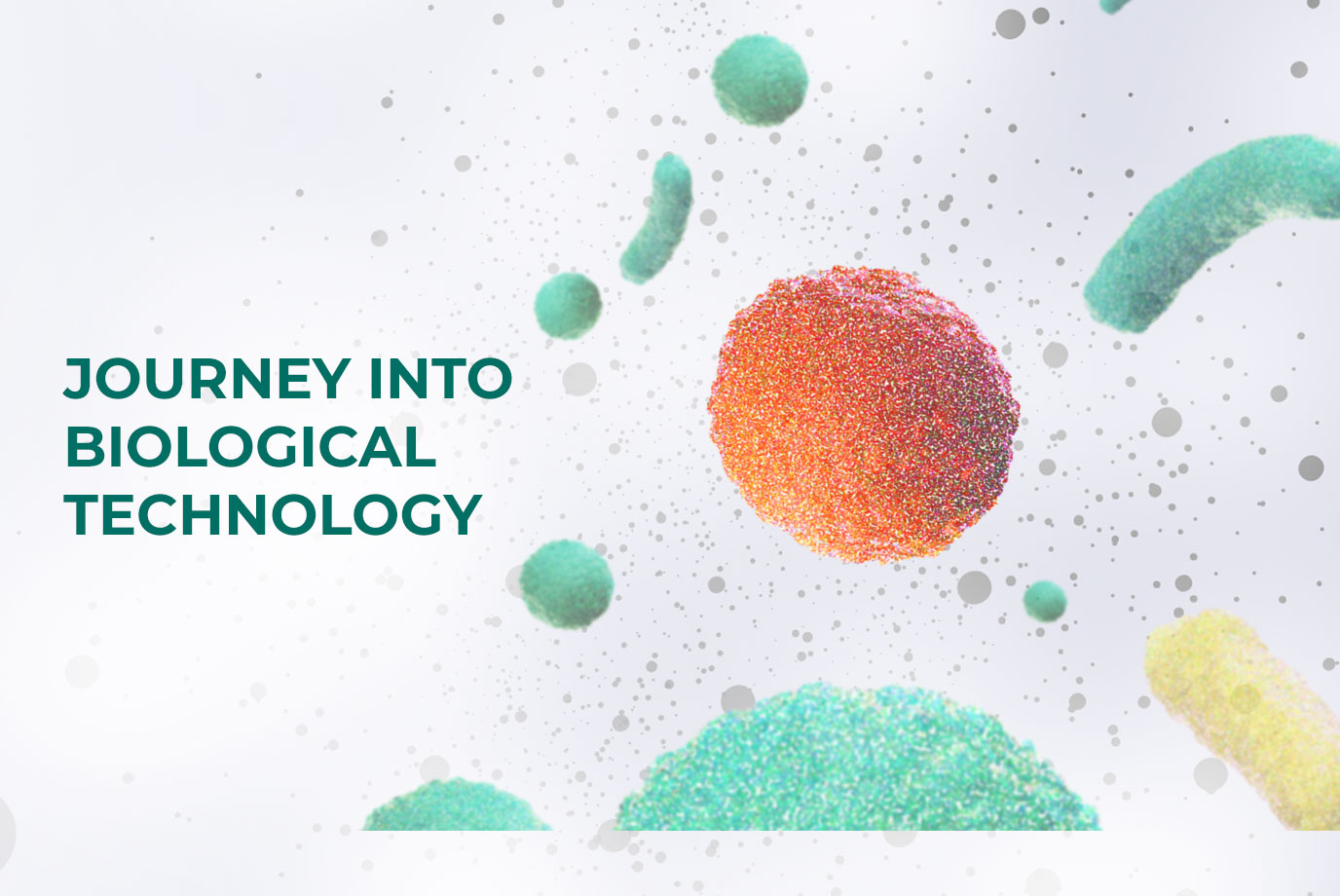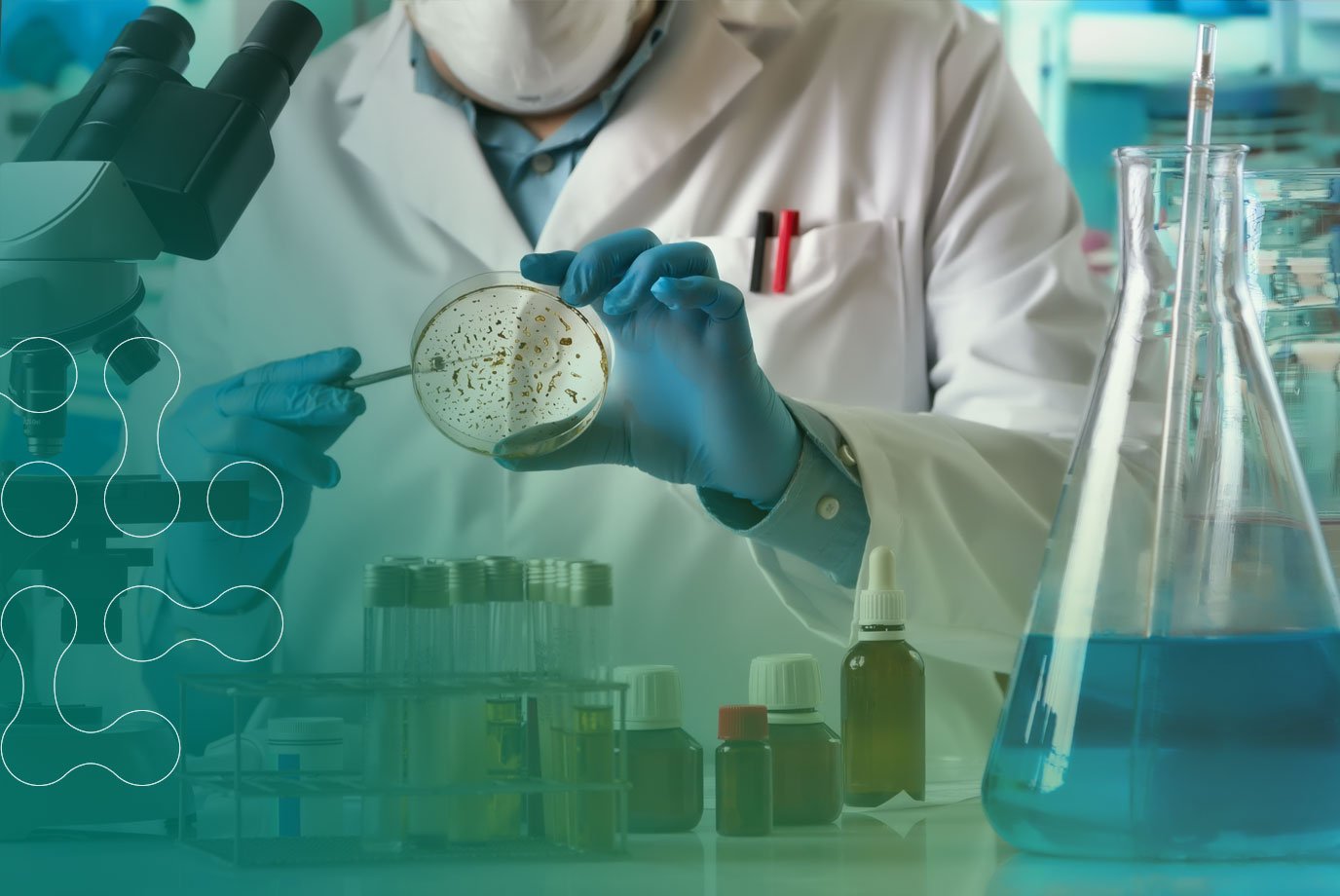Birth rates in the UK have fallen to their lowest levels since records began in 1939, with the total birth rate across different age groups falling to 1.49 per woman. While many socio-economic factors contribute to more women not having children, it raises the question: how do we support those who want to be parents in ensuring the health of their children?
Clean, disinfected, and sterile spaces and objects have always been a part of parenthood. However, with increased awareness around germs and diseases that can harm newborns, the ideology of being a “good” parent often involves daily deep cleaning. This has left many parents reliant on harmful chemicals to maintain these standards.
Yes, clean and disinfected objects and spaces are vital for ensuring the health and well-being of children. However, our reliance on certain synthetic chemicals to fulfil this role poses another problem to overall reproductive health. Although the general public is exposed to low levels of these chemicals, increasing research in reproductive health suggests that these everyday products may damage fertility and harm a child’s development.
Conception
The journey to parenthood for many starts long before birth, with the planning and preparation of creating a new family member. For 1 in 7 UK couples, conceiving is difficult. While many factors play a role in conception, research suggests that exposure to certain chemicals can impact the chances of conception.
Endocrine Disrupting Chemicals (EDCs) are natural or synthetic chemicals that can mimic, block, or interfere with hormones like oestrogen and testosterone. Exposure to EDCs can interfere with reproduction through changes in hormone levels, decreased sperm and egg quality, damage to the DNA in sperm, longer menstrual cycles, and other areas. About 95% of people have EDCs in their bodies, but those struggling to conceive have higher levels, suggesting that EDCs decrease the chance of conception. EDCs are found in many products, including some cosmetics, foods, toys, and cleaning products.
Here are some examples of cleaning product ingredients known to be EDCs:
- Triclosan: Popular for its antimicrobial properties, it has hormone-disrupting properties. Various authorities have banned the use of triclosan or triclocarban (a similar chemical) because of their impact on human health.
- Phthalates: Found in many personal care products, scented air fresheners, dish soaps, and other cleaning products to help fragrances last longer.
- Glycol Ethers: Associated with EDCs and typically found in degreasers, glass cleaners, and all-purpose cleaners due to their excellent solvency and low evaporation rates.
Gestation
A typical gestation period, the time between conception and birth, for a woman is between 38 to 42 weeks. During this time, many women already feel a sense of motherhood, wanting to nurture and provide the best start for their child. They focus on nutrition, lifestyle changes, and creating a healthy space for both mother and baby. However, overexposure to chemicals during this stage can lead to complications.
Research on the effects of chemicals during pregnancy often relied on animal testing due to ethical and practical issues. These studies have shown various effects from chemicals:
- Alkyl Phenol Ethoxylates (APEs) and Nonylphenol Ethoxylates (NPEs): These non-ionic surfactants (ions don't separate when in water) are found in many laundry detergents, stain removers, and all-purpose cleaners, depending on the country of manufacture. A recent study on fish showed that exposure to these chemicals reduced embryo survival and altered tadpole development.
- Glycol Ethers: Overexposure can occur through inhalation, skin contact, and ingestion. A 9-year study from the 1980s on female manufacturers exposed to these chemicals showed an increased risk of miscarriage.
- Per- and Polyfluoroalkyl Substances (PFAS): A group of a thousand different chemicals, known as "forever chemicals" due to their persistence in the environment and people for decades, with 97% of Americans having traces of PFAS in their body. PFAS are found in many cleaning products from carpet cleaners to dishwashing aids. A study by Emory University detected PFAS in newborns and showed that exposure during pregnancy increases the likelihood of preterm and early-term births. The study found that with higher levels of PFAs in blood during pregnancy are 1.5 times more likely to have a baby that is three weeks before their due date, or earlier.
Birth
After roughly nine months of pregnancy, parents often see the effects of chemical exposure on the next generation. Even if the parent did not experience ill effects from cleaning chemicals, scientists believe that exposure, even at low levels, can impact the developing child and is evident post-birth.
Animal tests have shown that mice exposed to glycol ethers had offspring with notably low birth weights. A study on pregnant women exposed to glycol ethers through their occupation found a higher likelihood of birth defects such as neural tube defects and cleft lips. Another animal study on rats exposed to 2-Methoxyethoxy ethanol, a chemical in detergents and cleaning agents, found that the pups developed various birth defects like rib and cardiovascular deformities.
Early Development
After birth, many parents continue to sterilise and maintain clean spaces, driven by natural protective instincts and advertisements linking cleanliness with successful parenting. However, this dependency on harsh chemicals can still affect the development of the child and the mother's health.
A UK study found a link between the use of air fresheners and aerosol sprays and post-birth headaches and depression in mothers. The study also found a correlation between these cleaning chemicals and infant ear infections and diarrhoea. Additionally, studies on phthalates, carriers for fragrance in glass cleaners, deodorisers, laundry detergents, and fabric softeners, have linked them to adverse effects on male children and increased allergic symptoms and asthma in children.
Conclusion
Although much of the research around cleaning chemicals and reproductive health comes from animal experiments or field studies rather than controlled settings, the overarching evidence suggests that exposure to various traditional chemicals can impact the health and well-being of families and children. Putting potential mothers and infants into these situations for the sake of scientific research is widely unethical. Nonetheless, the existing studies provide valuable insights into these impacts.
Cleanliness and disinfection are crucial for well-being, but we can maintain safe spaces without relying on potentially harmful chemicals. Whether in a domestic or private setting, society should shift towards healthier ingredients that don't expose mothers and infants to adverse health effects.
To learn more about promoting a healthier environment while maintaining a clean space, here.




